BACKGROUND:
There are five states of
matter that are commonly recognized in the Universe, solid, liquid,
gas,
plasma, and Bose-Einstein Condensate. However, on Earth only solid,
liquid, and gas are common. Water is a substance that can easily
move from one state of matter to another. The ability of water to
change from a solid, liquid, and gas is important to move water through
the atmosphere.
Water at normal Earth temperatures,
is a liquid. When the temperature rises water evaporates into water
vapor. Water vapor is part of our atmosphere. As water cools,
water becomes a liquid again. If the water vapor freezes, it becomes
solid in the form of snow or ice.
Water does not have to go from a
solid, liquid to a gas. Water can vaporize directly from a solid
and a gas can turn into a solid without going through the liquid phase.
This is given the term sublimation. Another property of water which
makes it an unique compound.
The movement of water in the atmosphere
causes all types of weather. Without moisture in the atmosphere,
our planet would be a desert.
Moisture in the air is measured
by a hygrometer. In the 17th and 18th century there were many simple,
but ingenious ways to measure how moist the air is. One English instrument
from the 1700's consists of a pile of paper disks on one arm and a protractor
type device on the other. If the air is dry, the disks weigh less;
if the air is humid they absorb water and weigh more, pulling the pointer
up.
When the air is moist, water vapor begins to
condensate into droplets. They usually require a surface on which to
nucleate like dust, salt, or soot. The particles are called cloud
condensation nuclei or CCN. There is about 5-6 million CCN in every
liter of air.
PROCEDURE:
- Students should read Flash, Crash,
Rumble and Roll, to get a feeling that there are specific steps that
follow different weather patterns. In this book students see how dark clouds
form and why there may be thunder or lightning associated with the clouds
formation. This book also points out that the movement of moisture through the
atmosphere can cause some very spectacular weather.
- Thunder is the sound
of air exploding. You may want to have students make a "banger"
which creates a loud bang in the same way.
The directions to make a banger are:
- Fold a 30 x 40 cm (or 12 x16 inch) paper in half.
- Fold each of the corners.
- Fold "b" in half.
- Bring two top corners down. Fold paper back on itself so two points face
you. (End product should look like a triangle.)
Hold 2 corners together and flick your
wrist. Loud bang occurs as air is compressed.

- Use some of the pictures in the book and
have the students decide at which point water is in its liquid, solid, or gas
form. Emphasize that water can change into all three states very easily. Water
is in the clouds (gas, solid), rain (liquid), ocean (liquid), air (water
vapor, gas), lakes (liquid), snow (solid), and rivers (liquid).
- If you have a hygrometer, show students
how to read it and what it means.